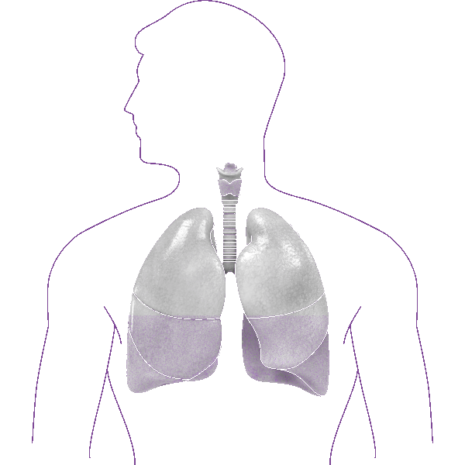Introduction
The aim of this toolbox talk is to increase awareness of the hazards associated with respiratory sensitisers.
The use of regular toolbox talks, if done effectively, will significantly improve the safety culture within your organisation. This will increase the safety awareness of the workers, and as a result reduce the likelihood of accidents and unsafe occurrences.
Legislation references
- Health & Safety at Work Act 1974
- Management of Health & Safety at Work Regulations 1999
- COSHH (Control of Substances Hazardous to Health) 2002
Respiratory sensitisers at work
Respiratory sensitisers can cause damage to the nose, throat and lungs. The damage is irreversible. Once sensitised, it is probable that you will no longer be able to work with that substance. Respiratory sensitisers can also cause fatal attacks of asthma.

- Isocyanates
- Flour, grain and hay
- Glutaraldehyde
- Wood dust
- Soldering flux
- Latex
- Laboratory animals
- Epoxy resins
It is highly important that all symptoms are reported immediately, these may include:
- Coughing
- Wheezing
- Breathlessness
- Tightness of the chest
- Runny nose
- Tears / streaming eyes
- Itchy eyes or nose
You must report on all of the following:
- Development of any of the signs and symptoms – however minor.
- Failure of any person to use the correct control measures for a task involving respiratory sensitisers.
- Any failures of control measures provided to manage or monitor exposure to respiratory sensitisers.
To control expose you must:
- Adequately store and maintain all PPE as instructed.
- Inform supervisor if you have any concerns regarding exposure to substances.

